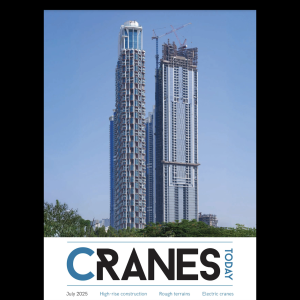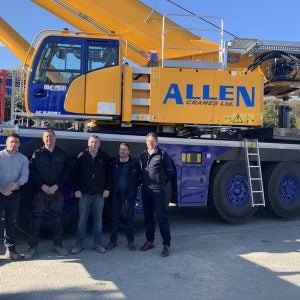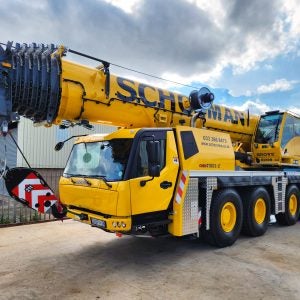The tower crane collapsed on November 16, damaging three buildings and killing a man in an apartment nearby.
A second crane in Bellevue was taken down in November after cracks were found in the mast section. A preliminary investigation by the Department of Labor and Industries (L&I) found that the likely cause of the structural cracks was water buildup in the legs of the cranes, coupled with the freezing temperatures. Unusually heavy rainfall in November could have filled the structure with water. The rainfall, followed by a sudden drop in temperature to well below freezing, accompanied by high wind, would have been sufficient to cause the retained water to freeze, causing expansion – and cracking – in the welds of the metal framework. The effect would be similar to water pipes bursting in freezing weather.
L&I is advising that all tower cranes in the state be checked to ensure they have good-sized “weep holes” and that the holes are open and draining properly.
Governor Chris Gregoire said: “The construction industry and crane operators in Washington should take it upon themselves to immediately double-check the safety and stability of all of their cranes and, where necessary, take the steps to get appropriate inspections. The Washington Department of Labor and Industries is available to answer any questions that may arise,” she said.
“Construction in Western Washington is booming and accidents and close calls, like those that have occurred in Bellevue, will not become the standard operating procedure in our state,” she said.
“L&I has assigned a team of safety specialists to conduct a thorough investigation into the recent crane accident and has hired an engineering expert to consult on the investigation. Any worker who notices something out of the ordinary should report it.”
L&I also advised:
– All owners and employers using tower cranes perform a visual inspection of the tower base and tower for structural integrity problems, including looking for cracks, cracked welds, stress fractures, chipped or flaking paint, loose bolts and rust spots.
– The tower crane operator’s responsibility is to inspect the cranes on a frequent and periodic basis. Frequent inspections are daily to monthly, depending upon the component to be inspected. Periodic inspections are required monthly to yearly, depending on the use of the crane.
– As part of any overall inspection of a worksite involving cranes, L&I will look to see if an employer has fulfilled their responsibility to inspect cranes on a frequent and periodic basis.






